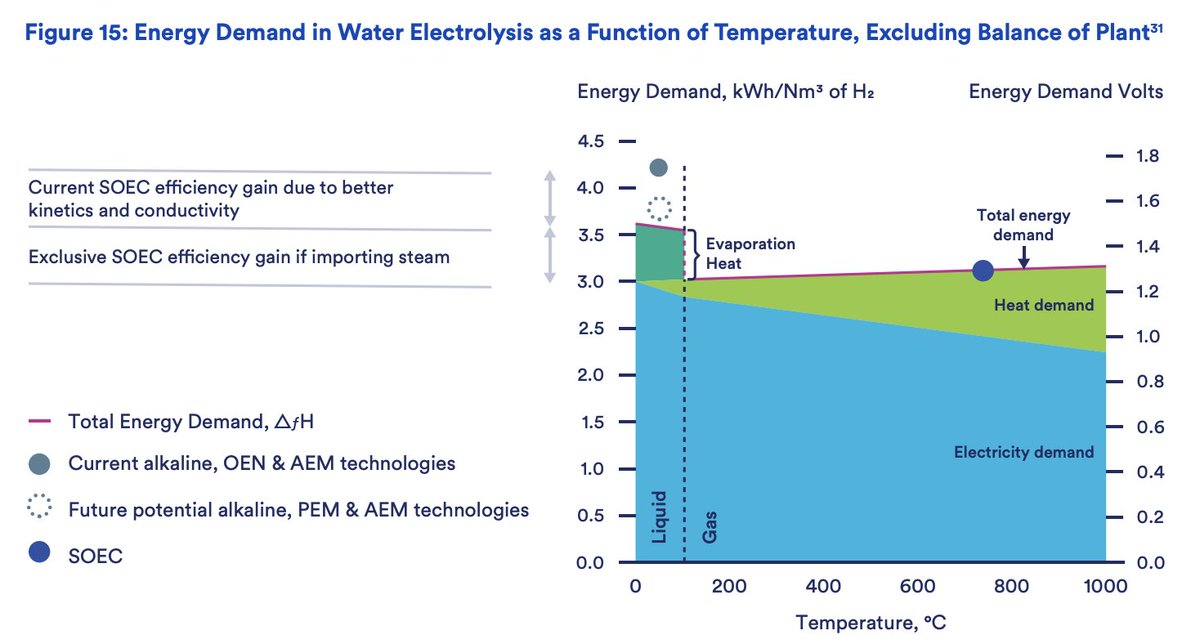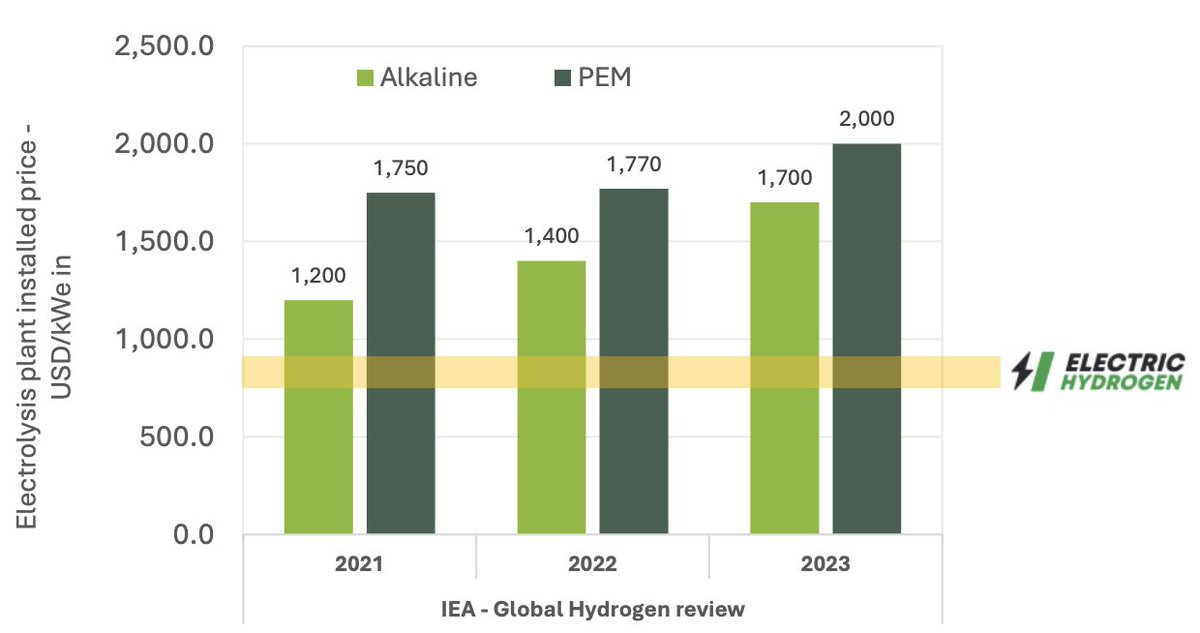I see lots of excitement around Goldman Sachs July hydrogen note.
I think it’s a hack-job written with anchor bias from gas analysts. The entire ‘analysis’ can be recreated with a 4x4 excel table.
But let me throw some more shade.
marketwatch.com/articles/goldm…
I think it’s a hack-job written with anchor bias from gas analysts. The entire ‘analysis’ can be recreated with a 4x4 excel table.
But let me throw some more shade.
marketwatch.com/articles/goldm…
“e-hydrogen could turn into the largest electricity consumer and double power demand in Europe”
This idea is of course borne out of some outlandish hydrogen demand scenarios. The analysis we did with Aurora showed there’s no way we could power all that electrolysis affordably.
This idea is of course borne out of some outlandish hydrogen demand scenarios. The analysis we did with Aurora showed there’s no way we could power all that electrolysis affordably.
“The reconversion of gas plants into hydrogen turbines could lift combined cycle gas turbine operators Uniper, Engie and RWE.”
I have two words for the Goldman team: fuel cells.
I am convinced these will eat turbines in long term. Thermal assets are stranded assets.
I have two words for the Goldman team: fuel cells.
I am convinced these will eat turbines in long term. Thermal assets are stranded assets.
Overall the note reminds me how major banks gave Nikola a buy rating.
These guys have been in the game way too long to see what’s coming. But there is an investment strategy to be found here.
These guys have been in the game way too long to see what’s coming. But there is an investment strategy to be found here.
Whenever you see a bullish note like this, buy some hydrogen stocks and ride the hype wave for a few days or weeks. But don’t get too greedy because the bubbles will pop.
See how in February I called it.
ft.com/content/ccbdd8…
See how in February I called it.
ft.com/content/ccbdd8…
That being said, I AM bullish on hydrogen. It will be a trillion dollar market by 2050. But it won’t be the lifeline O&G industry hopes it to be.
• • •
Missing some Tweet in this thread? You can try to
force a refresh




















